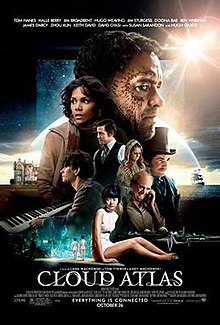Have you ever stopped to ask yourself these questions? In our modern society we take for granted that we have food of all kinds at our disposal and a wide variety of tools to help us prepare it. Bee Wilson‘s book, Consider the Fork: A History of How We Cook and Eat, tells the history of food through its tools across different eras and continents to present a fully rounded account of humans’ evolving relationship to kitchen technology. Among the many fascinating facts presented in this book is the assertion that the tools we have developed for eating have changed the shape of our mouths. Wilson quotes a researcher who suggests that prior to the 17th century and the advent of the fork, the top and bottom rows of European human teeth lined up edge to edge. We would clamp the meat we were eating between our teeth and bite or cut a morsel from the larger chunk. However, once our tools allowed us to cut our meals into bite sizes, we could put a whole morsel in our mouths without having to bite into it. This greatly reduced the wear on our top teeth, which allowed them to grow. Needing room to grow, they did so in the classic overbite alignment that virtually every human possesses today. While this did not develop in Europe until the 17th century, the researcher found that the phenomenon is much older in China where they have been preparing food in bite sizes for over 900 years and eating with chopsticks. All knife work was done in the kitchen because it was considered barbaric to cut food at the table. This is just one example of the myriad topics covered in this book; from roasting meat over an open fire to a method called sous vide, which involves vacuum sealing food in plastic and cooking it in hot water at precise temperatures and cooking times.
While the tools of meal preparation continue to evolve, our literacy in the kitchen has declined. So says Tracie McMillan in her book The American Way of Eating: Undercover at Walmart, Applebee’s, Farm Fields and the Dinner Table. I found the book fascinating, although I found that this book was less about what we are eating – which is what I was expecting – but more about how our food is delivered to us and by whom, and who prepares it and how. I also liked it because it was reminiscent of Hunter Thompson’s gonzo style of journalism, but without the drugs and guns. The author was not a mere observer but, over the course of a year, lived the life of a farm worker, a WalMart employee in their produce section, and in an Applebee’s kitchen working as an “expediter”, in order to see first hand the nature of America’s food supply and delivery system.
